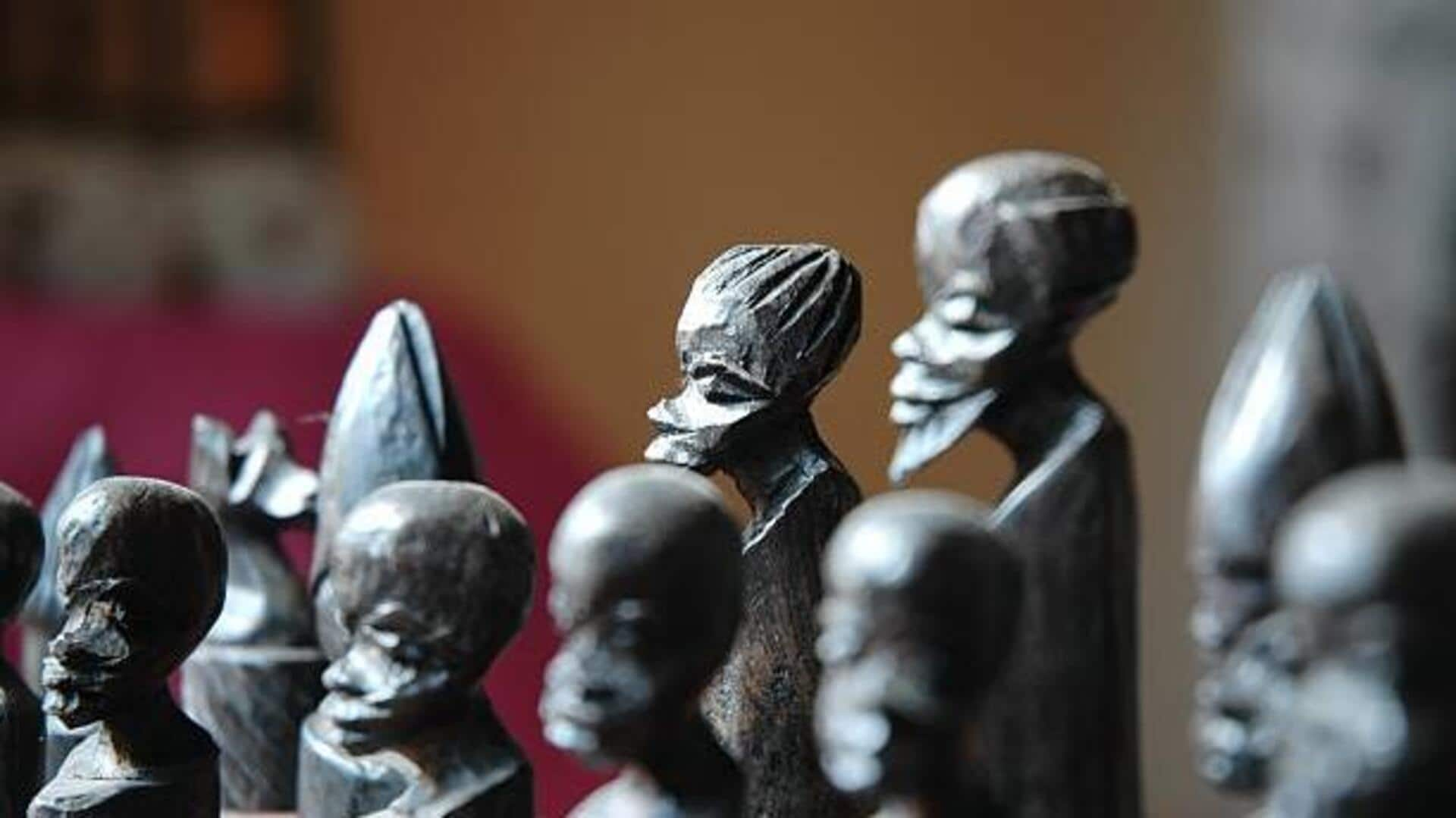
5 iconic sculpture styles worth exploring
What's the story
African sculpture is a vast, rich, and diverse art form that mirrors the continent's cultural heritage and history. Whether carved from wood, bronze, or stone, these sculptures epitomize the creativity and craftsmanship of African artists. Each style depicts its own uniqueness and significance, offering an insight into the traditions and beliefs of various African communities. Here are five iconic African sculpture styles worth exploring.
Royal artistry
Benin Bronzes
The Benin Bronzes are a collection of plaques and sculptures created by the Edo people in what is now Nigeria. These artworks were primarily used to decorate the royal palace of the Kingdom of Benin. Made from brass or bronze, they depict historical events, royalty, warriors, and animals with intricate details. The craftsmanship involved in creating these pieces highlights the advanced metalworking skills of the Edo people.
Ancient expressions
Nok terracotta sculptures
Hailing from Nigeria's Nok culture between 1,000 BCE to 300 CE, Nok terracotta sculptures are some of Africa's oldest known artworks. The figures are often characterized by long heads with detailed hair or headdresses. The sculptures detail the social hierarchy and spiritual practices of early African societies. Their discovery has enabled archaeologists to learn more about ancient civilizations in West Africa.
Cultural significance
Dogon masks
The world-famous wooden masks of the Dogon people of Mali used for traditional ceremonies such as funerals or harvest celebrations are another example. Each mask represents different spirits or ancestors associated with particular rituals in Dogon society. The masks are designed differently but usually feature geometric patterns carved into them, and bright colors painted on top.
Symbolic figures
Ashanti fertility dolls
Ashanti fertility dolls from Ghana's Ashanti region represent fertility rites. Women who want to have kids visit designated shrines and pray, hoping to give birth successfully. These dolls represent the hopes and prayers of the entire community. They symbolize a rich cultural tradition that has been passed down generations. Their goal is for continuity and the well-being of their bloodline.